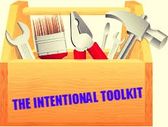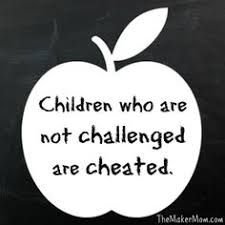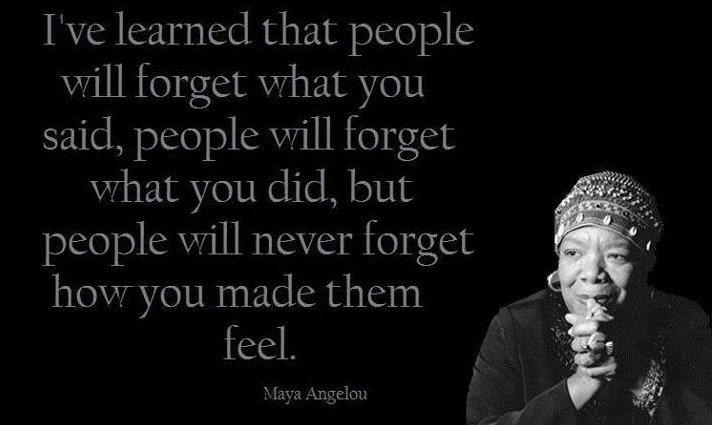Too many times in my years of education I have heard conversations about certain children not being able to do well because they were just academically low and can only do so much. To alleviate this senseless struggle, these students are only required to answer yes/no questions or they are assigned work that only needs "right there" answers; this means that information is easy to locate because it's right there on the page in a book. The idea that we are helping students by planning lessons this way fails to tap into their true abilities to exceed expectations.
Because a large part of my work focuses on math instruction, I have been amazed at the significant gains students make when they have teachers who value their potential and equip them with the tools needed to tap into their gifts. The other day when I visited a class, one student was so eager to show me his work with a word problem he had written that focused on 12 x 6, that before I could ask him to explain his thinking, he said " When I looked at the number 12, I pulled out the 10 and multiplied it 6 times, that got me to 60. Then I took the 2 ones in 12 and multiplied it 6 times... 60,62, 64, 68, 70...72(he really put emphasis on the last number)...lol!!!" That made my heart happy because that's what we want students to be able to do when thinking "outside the box". Now think back to the movie Hidden Figures and imagine what young Katherine Johnson's life would have been like had she not had people in her corner that allowed her to tap into the the gifts from within by thinking outside the box. As we continue to educate children of the 21st century, I encourage you to see their abilities beyond the natural eye...challenge them, see them beyond their communities. And let's take the limits off of children who don't fit the description of the gifted and talented student. Every child has potential and it is our responsibility to help them by doing all we can to stir up their gifts. Until next time, go out there and be GREAT!
youtu.be/oc7VJAhnxlc







 RSS Feed
RSS Feed
